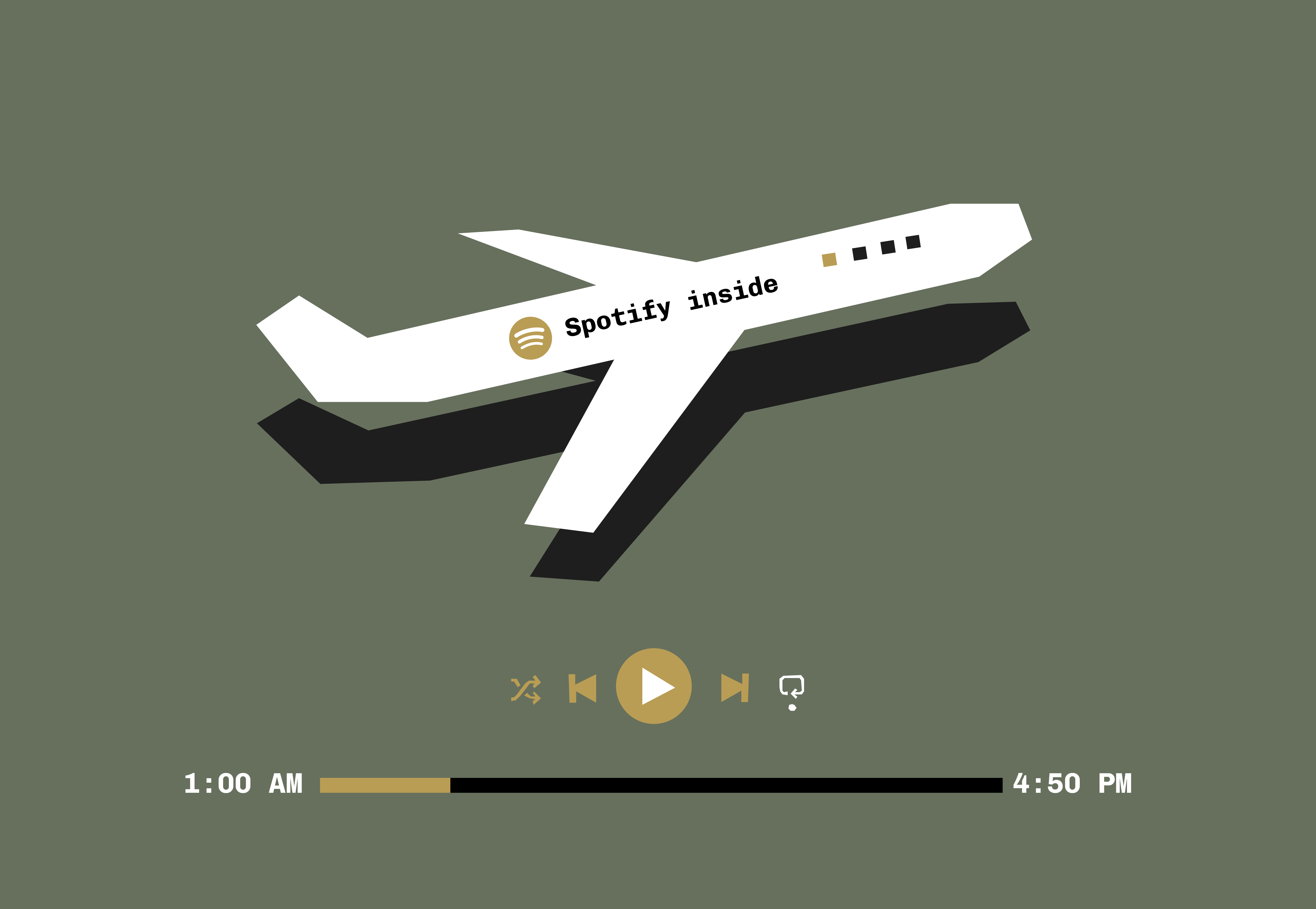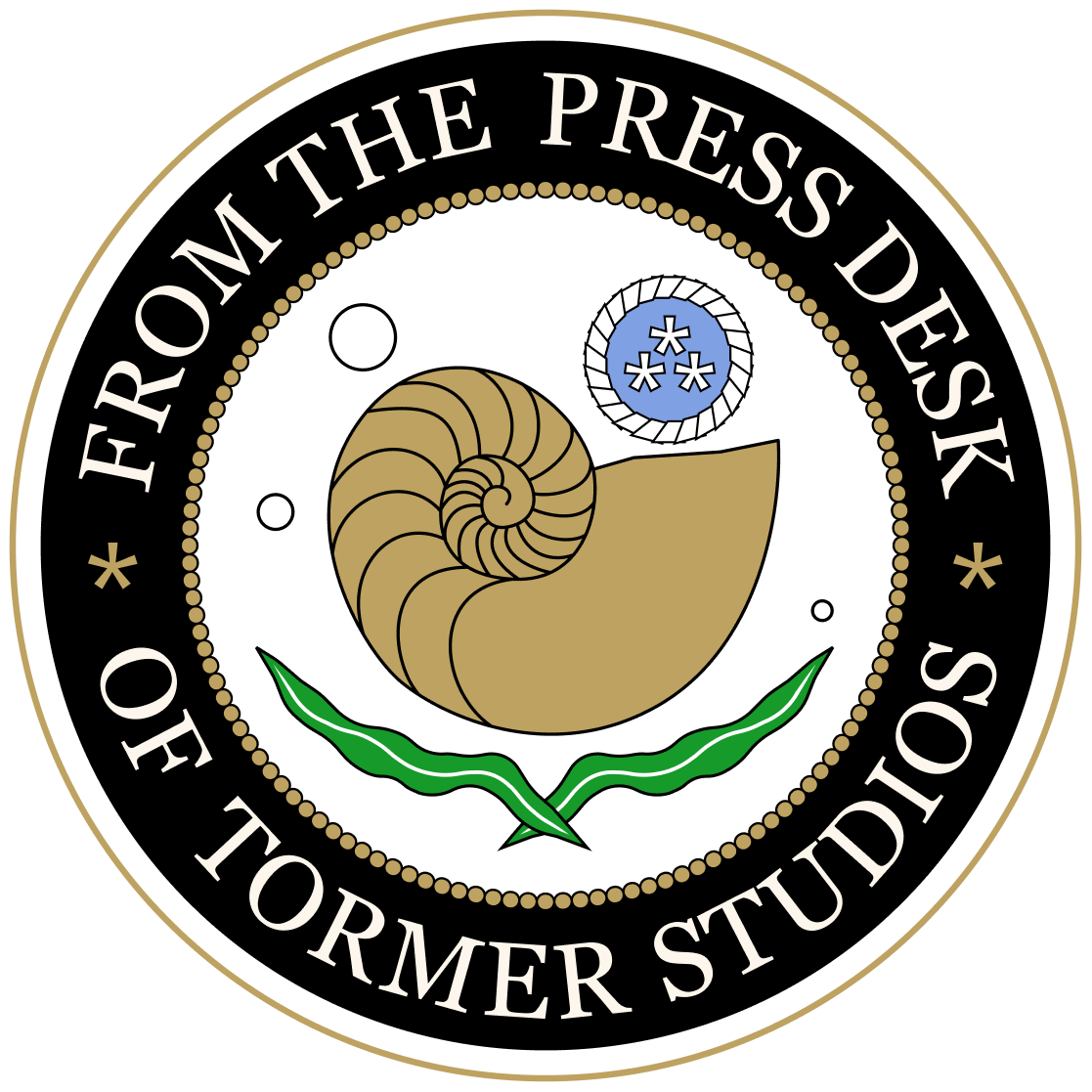United Airlines and Spotify launched a note worthy in-flight entertainment partnership on the 5th of June 2025, introducing Spotify’s extensive library of music, podcasts, audiobooks, and video podcasts to over 130,000 seatback screens across more than 680 aircraft. This marks the first time an airline has offered both audiobooks and video podcasts, providing passengers with over 450 hours of curated content, including popular titles like “Good Hang with Amy Poehler” and “The Dave Chang Show.” The content is accessible through a dedicated Spotify section on modern 4K seatback screens with Bluetooth audio, allowing passengers to use personal headphones for an enhanced experience. This collaboration aims to make flights more enjoyable, particularly for frequent travelers, immigrants, and families, by offering familiar and diverse entertainment options.
In 2026, the partnership will expand with new features, including the ability for passengers to log into their Spotify accounts on in-flight screens, enabling seamless continuation of podcasts, audiobooks, or playlists from where they left off. Additionally, on select aircraft equipped with Starlink Wi-Fi, passengers can stream Spotify content on their personal devices for free by logging into their MileagePlus accounts. This high-speed satellite internet ensures uninterrupted streaming from gate to gate, offering flexibility for those preferring their own devices. United also offers MileagePlus members 1,000 bonus miles for signing up for a Spotify Premium Individual subscription, incentivizing engagement with the service.
This partnership sets United Airlines apart in the competitive airline industry, it builds on previous Spotify collaborations with airlines like Delta but goes further by integrating audiobooks and video podcasts across a larger fleet. For Spotify, the deal exposes its platform to millions of potential new users, strengthening its market position. The initiative reflects a broader trend in the airline industry toward improving in-flight technology, with United planning to equip all regional planes with Starlink Wi-Fi by the end of 2025, signaling a shift toward more personalized and connected travel experiences.
***
To ensure the long-term success of this partnership, both Spotify and United need to prioritize technical reliability over aesthetic or experiential elements (use and feel). Compatibility is critical — for instance, the solution must fully support iOS and Android devices especially those that lack capabilities like NFC or BLE, Also, the solution teams should aim for and prioritise a “zero-to-no-bug” deployment, considering that technical glitches and unresolved bugs can quickly erode user trust, as seen in previous tech integrations where persistent issues led to frustration and weakened partnerships. overall, failing to ensure broad compatibility coupled with a buggy experience, risks pushing passengers back to their personal devices, ultimately diminishing the value of the partnership as a whole.
For the planned 2026 login feature, one of the biggest challenges could be the creation of a frictionless authentication process for Spotify account access. Most UX buffs will agree that the manual entry of usernames and passwords is impractical in the fast-paced airline environment, where passengers expect quick, intuitive interactions. Hardware-focused solutions, such as retrofitting aircraft with new systems are impractical as well, due the cost and complexity of fleet upgrades, making a software-based approach likely to be the most feasible.
Drawing on proven UX models from high-traffic environments like ticketing or payment systems, The teams can implement a QR code-based / one-time passcode (OTP) solution. For example, passengers would connect to in-flight Wi-Fi, scan a dynamic QR code displayed on the seatback screen, authenticate using their device’s native security (e.g., fingerprint or passcode), enter the OTP displayed on the seatback into their Spotify app and gain instant access to their account. Logging out can also be as simple as tapping on a “Logout” button on the seatback screen, or “disconnect” on the Spotify app, To further enhance security, sessions can automatically terminate and self-purge after 2-5 minutes of inactivity.
Given the potential for user distrust after learning that their personal information flows between an airline and a streaming platform, data privacy should also not be overlooked. Both Spotify and United must be fully transparent about their data collection and handling practices. For example, under no circumstances should user credentials be stored on United’s hardware or servers. Additionally, any data shared with United should be strictly limited to non-identifiable, non-personal insights — such as general usage analytics — while all sensitive user information remains exclusively on Spotify’s backend. Clear boundaries, coupled with proactive communication, will be essential to maintaining user trust and complying with evolving privacy standards.
***
Spotify’s greatest strength lies in its algorithmic curation — its ability to surface the right content for the right moment. Yet, within the current partnership, the narrative seems to rely heavily on passengers simply “continuing from where they left off.” While this option has value, the in-flight experience could be significantly elevated with more curated, context-aware alternatives.
Flights, for many travelers, are not just another part of their daily routine — they are temporary escapes, moments of disconnection from everyday life. With that in mind, imagine playlists designed specifically for the flight experience: tailored to the journey’s duration, destination, or even cultural themes. A flight to Texas? Serve up Texas-inspired playlists. Flying to West Africa? How about some highlife? Heading to the UAE? You should be able to enjoy some Middle Eastern music or podcasts featuring regional voices along the way. Also, a short-haul flight might feature upbeat, concise playlists, while long-haul flights could offer more immersive experiences like audiobooks or deep-focus soundtracks.
This creates a “hands-off” experience that feels personalized without requiring user effort — a low-friction, high-impact way for passengers to discover new artists, sounds, or stories. It aligns perfectly with the ephemeral nature of air travel, where passengers often feel detached from their routines and view the journey as a temporary pause. The more effortless and intuitive the entertainment feels, the more likely travelers are to engage — enhancing both brand perception and the overall travel experience.
***
Leveraging complementary strengths to your advantage as a brand is an art — simple in theory, but far more difficult to execute. The right partners are hard to spot, and alignment is even harder to achieve. But when done right, the results speak for themselves. Spotify has no wings, but now it can fly. United Airlines has no vocal cords, but now it can sing. That’s the power of partnership. United can now tap into Spotify’s extensive library of audio and video content, perfectly complementing its focus on delivering a comfortable, engaging travel experience. At the same time, Spotify gains access to new audiences in an environment where entertainment plays a key role in shaping the overall experience. This collaboration merges each brand’s unique strengths to create a synergistic offering that not only elevates the passenger experience but also amplifies the visibility and value of both brands.

